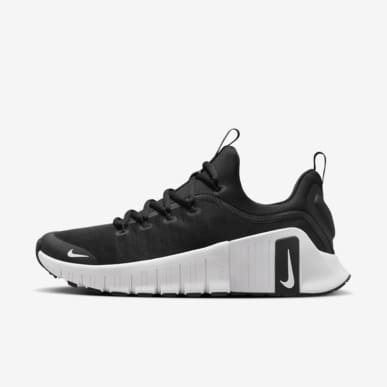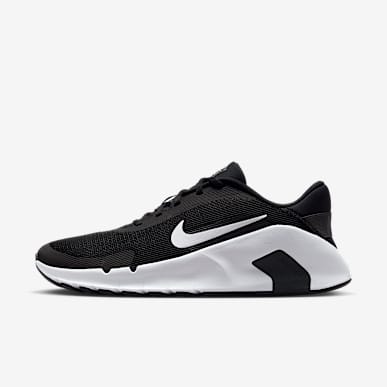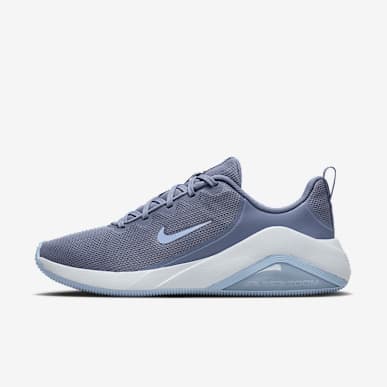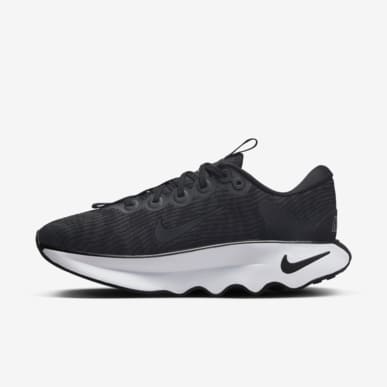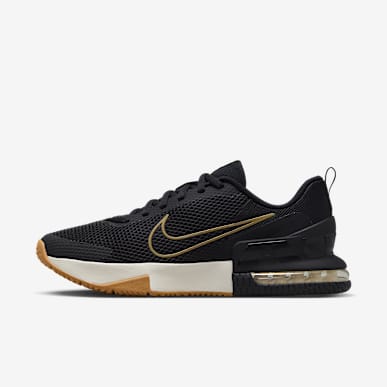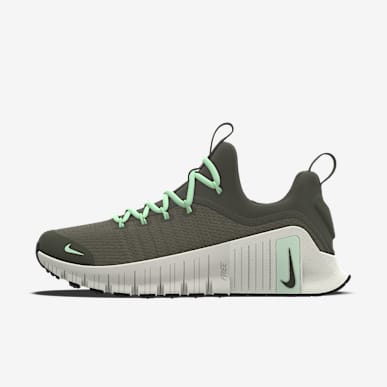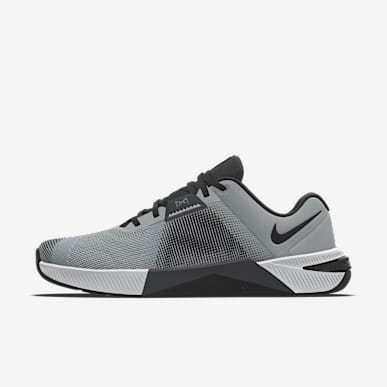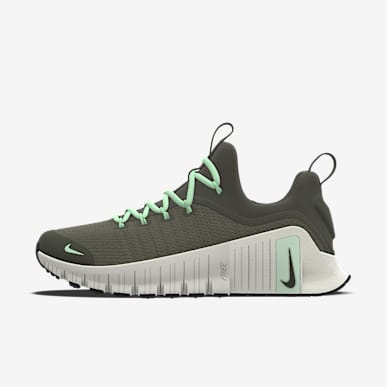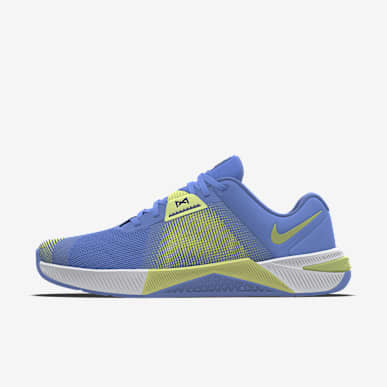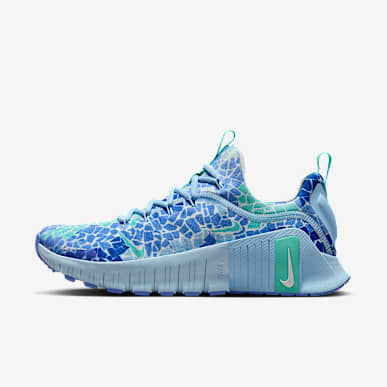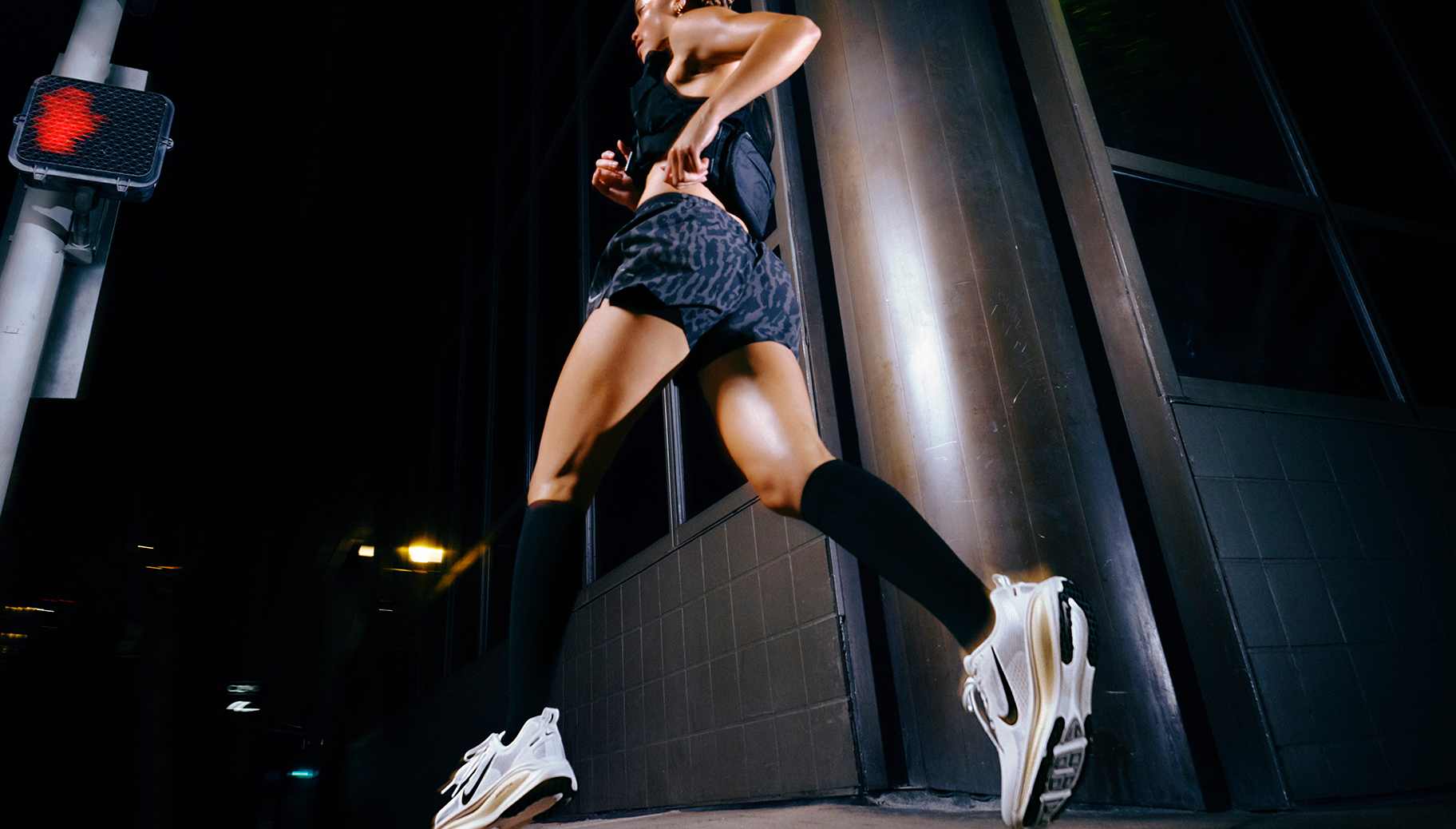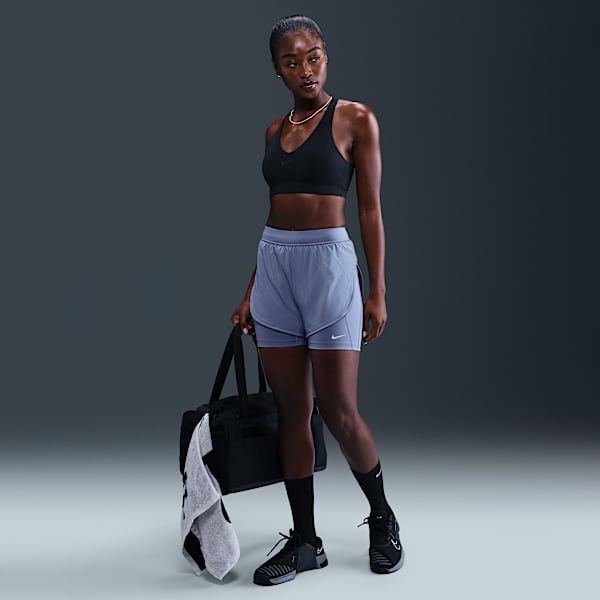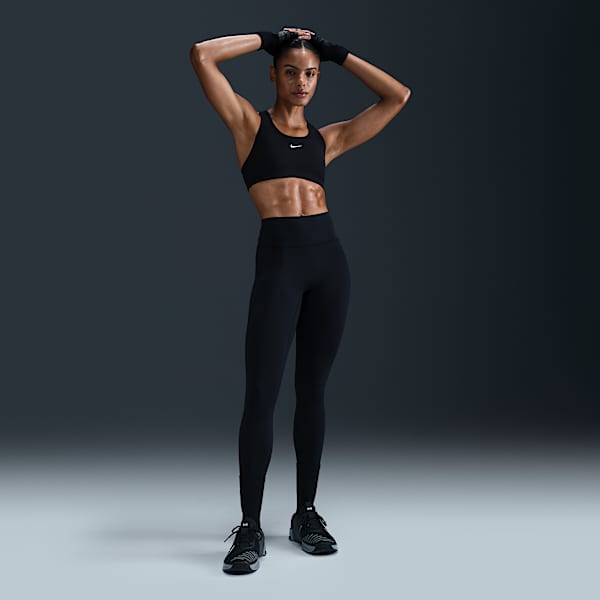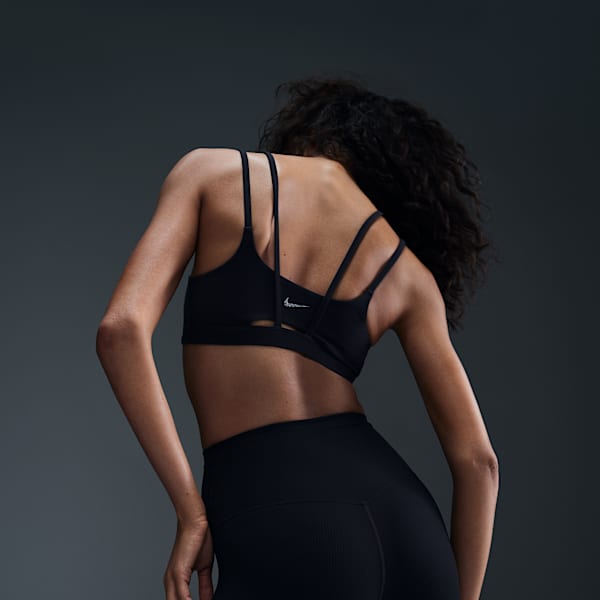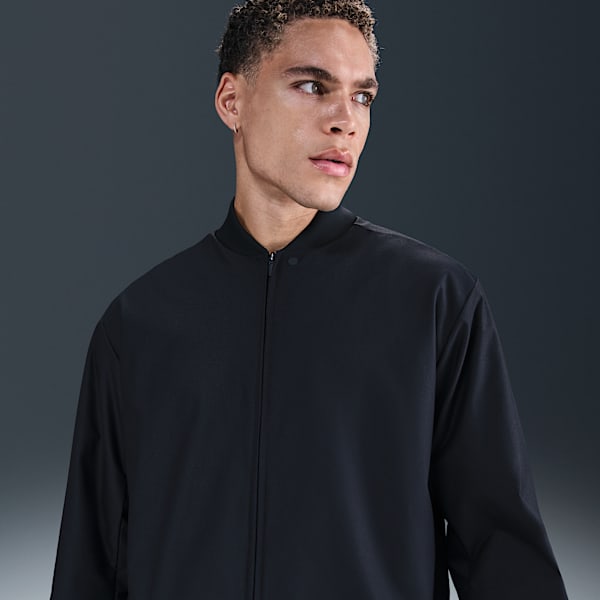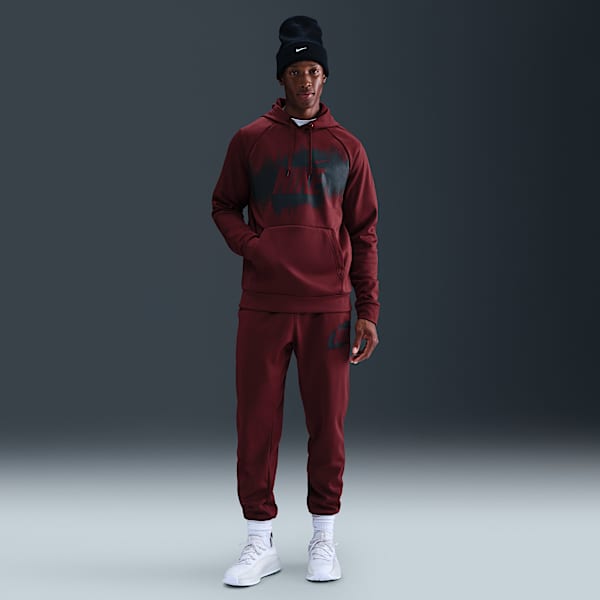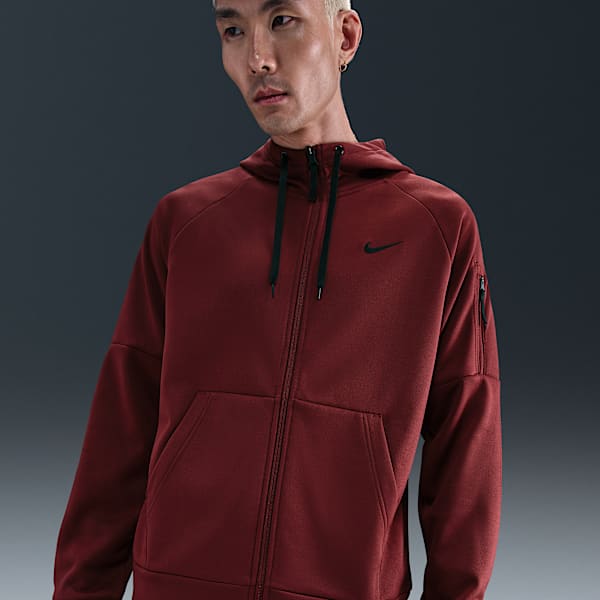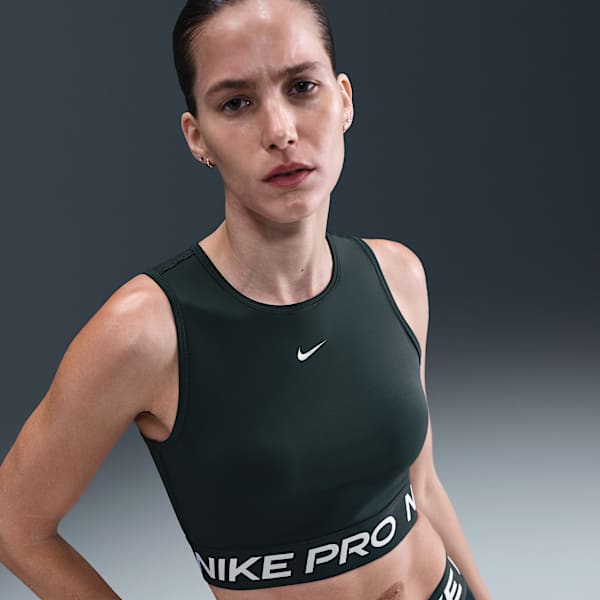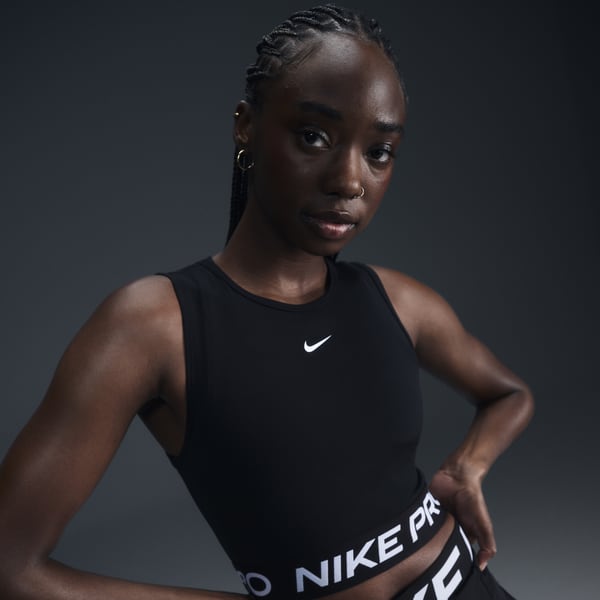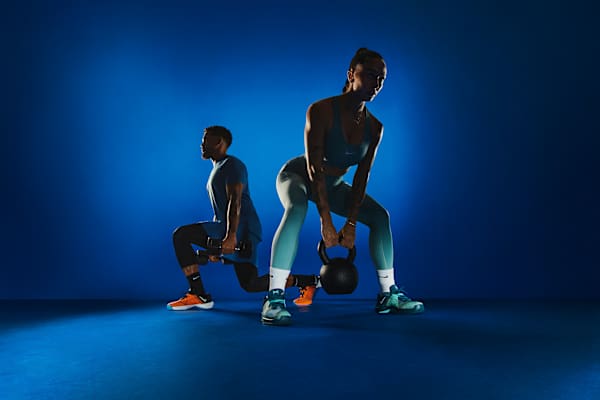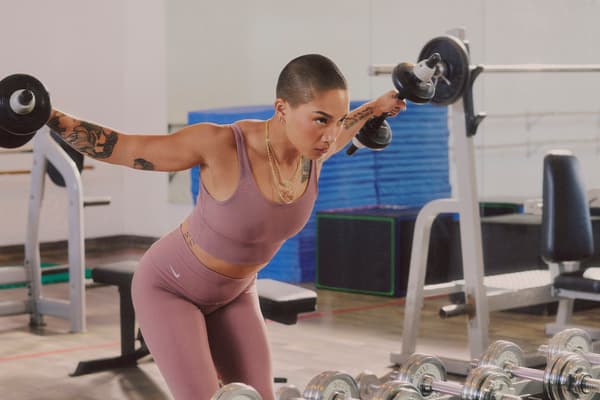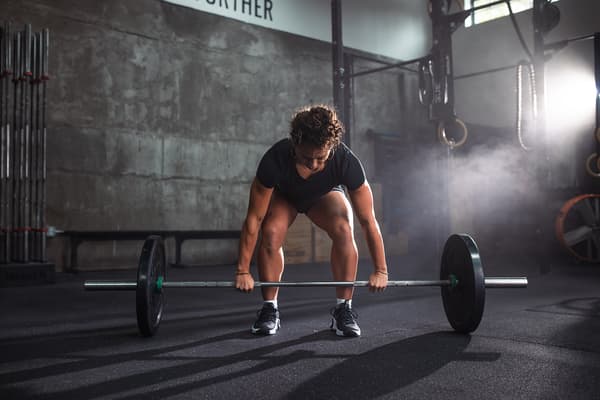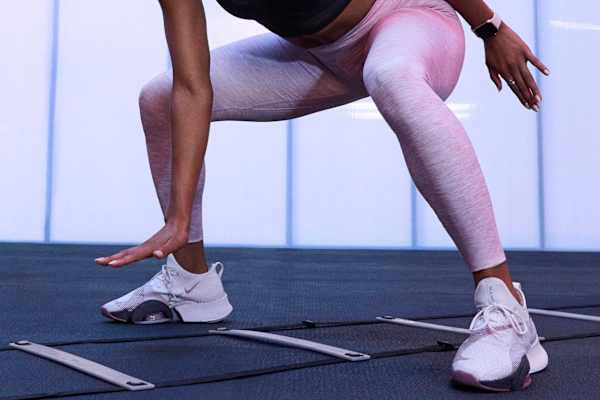The simple guide to finding the right training shoe for you
Buying guide
FYI, gym-goers, you've come to the right place.

If you're looking to get the most out of your gym workout, make sure to wear a pair of shoes that best supports your performance as well as your particular foot. Unless you'll be fully engaged in running, the shoes should be training focused; opting to use your running shoes for a versatile gym workout is not something Nike training coach Lauren Schramm recommends. According to Schramm, there are a few things you want to look for in a great training shoe: a wide toe box and minimal cushioning are her top priorities as a trainer.
"In a lot of exercises, it's important to be able to spread your toes out so you can grip the floor", she says. "Feeling stable is so important".
Importantly, your needs vary depending on the type of workout you do. The best gym shoes for strength training and heavy lifting differ from the shoes you might choose for a cardio-heavy boot-camp class or a workout that involves sprints. Matching your workout to your footwear helps you get the proper support you need.
Stability is critical any time you lift weights. For many exercises, your feet are the foundation from which you build strength and muscle, and without stability, you run the risk of undermining those gains. Schramm emphasises that greater security is also important in a trainer because when you train, you move in all planes of motion, so you need to feel confident that your shoes won't slip. She recommends considering a shoe with a grippy outsole and a secure upper to keep your foot in place. For explosive movements, you need extra areas of flexibility built into the shoe so you can toe off properly.
With all of the different trainer options out there, it can be difficult to know how to choose the right training shoes for your particular exercise regimen. Luckily, Nike has several options tailored to your exercise goals.
The best for strength-training focus: Nike Metcon
The Nike Metcon line, including the latest iteration – the Metcon 10 – is packed with key features to deliver the stability your feet crave during heavy strength training. This iconic cross-training shoe fuses stability, grip, durability and lockdown into a single package, enabling you to move through all of your weightlifting exercises with ease.
The Metcon 10 helps secure your feet, for less shifting and more stability when lifting heavier weights. It offers greater grip for more leverage and is highly durable to keep up with the demands of your workouts. Its lockdown lacing system means less slipping during key moments.
The best cross-training shoes: Nike Free Metcon
When you're cross-training and bouncing between exercises, you need a versatile shoe to stay engaged.
The Nike Free Metcon 6 provides just that, thanks to a multitude of features. With more cushioning than the Metcon, the Free Metcon 6 offers value when you're jumping more and not lifting a lot of weight. Greater forefoot flexibility is optimal for cardio movements. A stable base helps during weightlifting periods. Its soft upper, designed for comfort and lightness, makes it the complete package, ideal for someone just starting their training programme or for someone bouncing from one side of the gym to the next.
The best for cardio-exclusive workouts: Nike running and walking shoes
If you supplement your time in the gym with some focused cardio sessions, like running or walking, you still need shoes that support your performance. But instead of staying away from cushioning, find the right amount you need for pounding the pavement. Nike has a few options depending on what you want out of your running shoe. The Vomero line is known for its maximum cushioning, while the Nike Pegasus offers an energised ride when you're logging the miles. The Structure is another good running-shoe option that offers exceptional supportive cushioning, thanks to Nike's innovative ReactX foam in the midsole. These performance shoes are also known for their excellent level of comfort.
If your focus is on walking during your training regimen, grab a pair of Nike Motivas – known for being both comfortable and stable. Thanks to its super-high stack of cushioning, you won't have to worry about a bumpy journey, and an exaggerated rocker helps propel you forward.
Regardless of what kind of workout you do, it's important to carefully consider what you wear on your feet.



